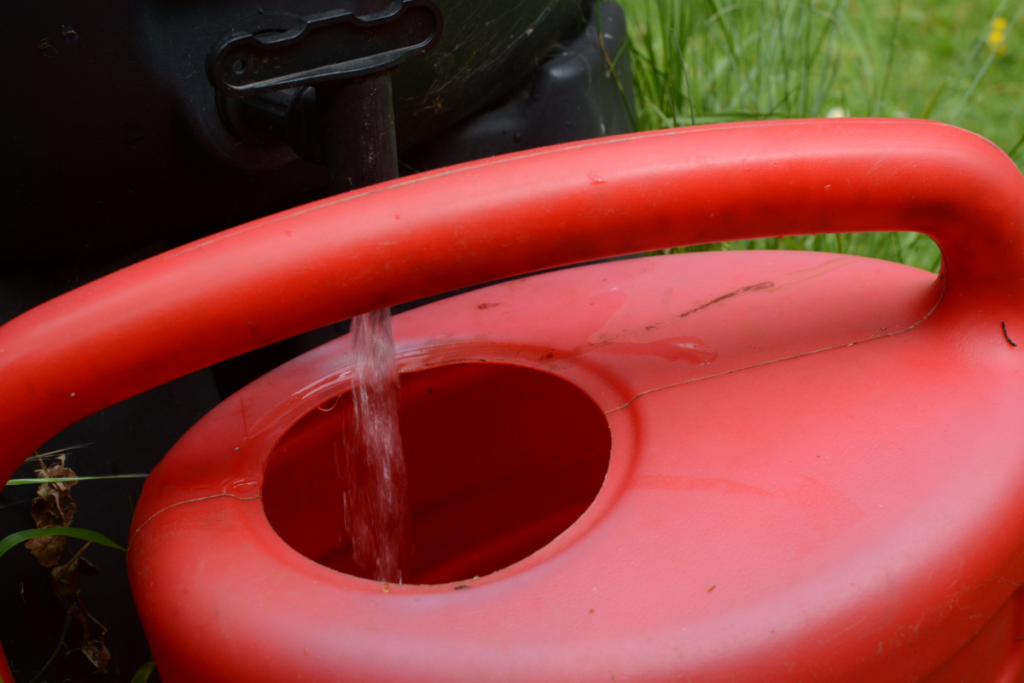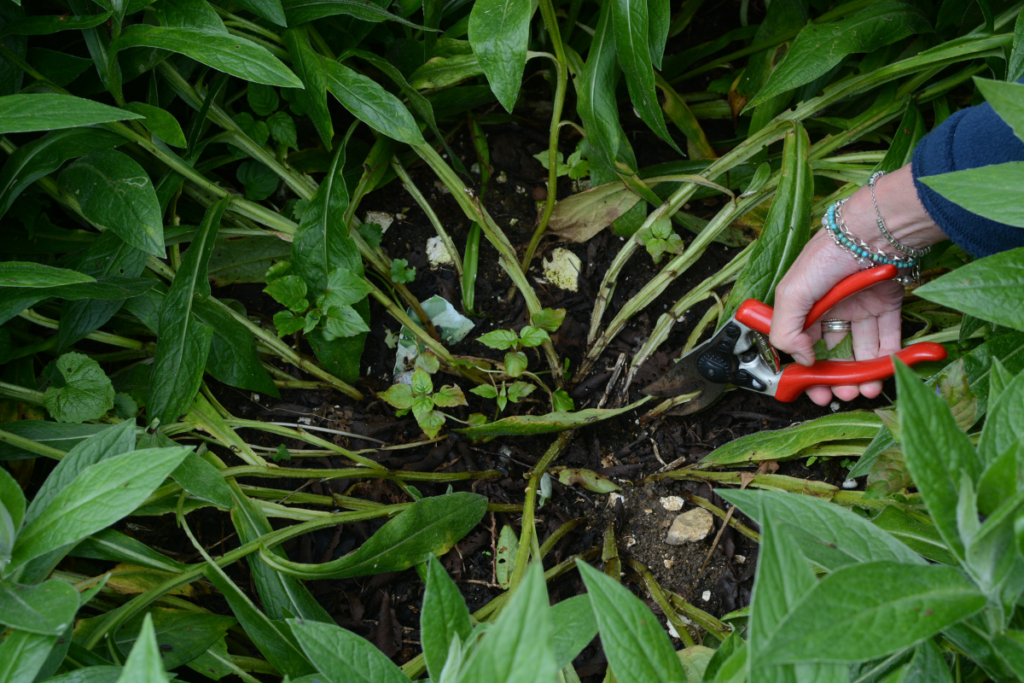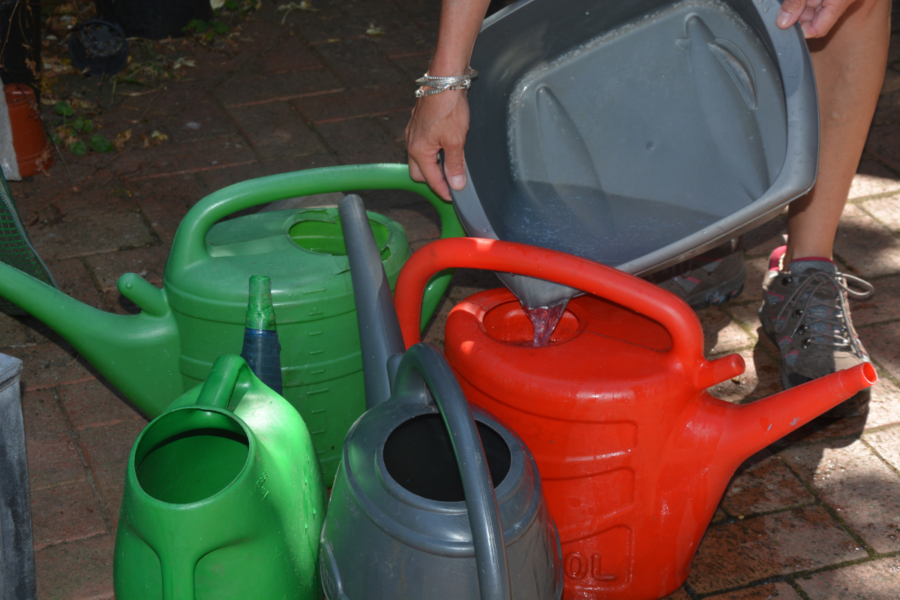Saving water unburdens your pocket and the planet
We have just come through the wettest winter and spring I can remember, but the way our climate is shifting at the moment doesn’t mean the prolonged deluge will see our gardens through the summer.
When we talk about water-resilient gardens (a major theme at this year’s RHS Chelsea Flower Show) it doesn’t just mean finding ways of saving our gardens from excessive rainfall and flooding, it also means finding ways of saving water to see us through periods of drought.
Plants prefer rainwater to tap water, and reducing water waste also means reducing the amount we source through our taps, thereby keeping pennies in our pockets.
We have water butts attached to downpipes on the house, garage, shed and greenhouse yet we still run dry during prolonged spells without rain. So we supplement our reserves with grey water and by collecting run-off from the hot tap while we’re waiting for it to heat up.

Last summer we also kept old fertiliser tubs in the bathroom and filled them up when we showered!
Grey water is the dirty water that’s left after washing up, hand washing or showering has been done. It is safe to use in the garden as long as it doesn’t contain bleach or too many food scraps which will attract flies and vermin. You can also use water that’s been used for cooking vegetables and pasta and for boiling eggs, as long as it doesn’t contain too much salt and is left to cool down first!
So be water-wise this summer – your garden, purses and the environment will thank you.
Quick jobs
Cutting back and harvesting
1. Cut back sprawling knapweeds that have finished their first flowering. It stops them smothering other plants and will encourage them to produce new leaves and a second flush of late blooms.

2. Keep harvesting early salad leaves. The best time is in the morning when they are full of moisture and they are best eaten that day, so they don’t have time to wilt.
Filing borders with bedding and annuals


Now the weather is reliably warmer, especially in the evenings, we have the green light for planting out less frost-hardy varieties and summer bedding. Dahlias and cannas can be added to borders or patio pots, and you can create a real splash by mixing the boisterous colours of bedding plants with silver-leaved varieties and ornamental grasses for contrast and texture.
An instant way of filling any early summer gaps is to add patio planters of flowers to borders, though take care when moving heavy ones. Planting bedding is a fun thing to do and you can create a fabulous show with very little effort or financial outlay (especially if you have had the time and space to grow everything from seed).
When adding plants to your beds, make sure they aren’t packed too tightly as they need space to grow healthily, and if they are crammed in too densely they will suffer from poor airflow and create leafy hideouts for pests. I use wool pellets and coffee grounds to keep the slugs off their tender stems and leaves, and I pinch out the growing tips to encourage bushier plants with more flower buds.
Finally, I scatter some quick-growing annual seeds, such as calendula, cornflower and California poppies among the bedding plants to provide late summer colour when all else is starting to lose its lustre.
Find more tips, advice and articles like this at the Amateur Gardening website. Subscribe to Amateur Gardening magazine now.





